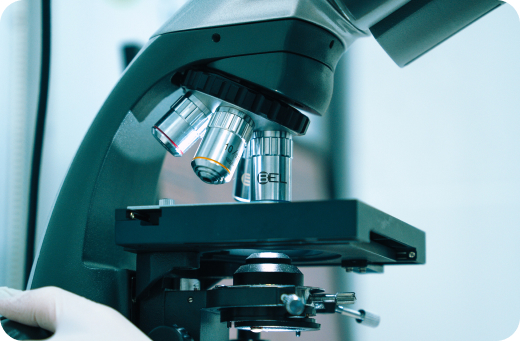Project
Curcu-μ-n
Development of a pharmaceutical formulation of curcuminoids isolated from the rhizomes of Curcuma longa characterized by high water solubility and high bioavailability in in vitro studies.
Project Goal
Our goal is to develop a pharmaceutical formulation of curcuminoids isolated from the rhizomes of Curcuma longa characterized by high water solubility and high bioavailability in in vitro studies using Caco-2 cell models as the first screening of new formulations, followed by in vivo studies using animal models for oral administration, and concluding with clinical research.
Characteristics of curcuminoids:
Curcuminoids (curcumin, demethoxycurcumin, and bisdemethoxycurcumin) isolated from the rhizomes of Curcuma longa exhibit high biological and pharmacological activity, acting as antioxidants, anti-inflammatory, anti-hyperlipidemic, anti-cancer, and anti-angiogenic agents, among others. The biologically active properties of curcuminoids have been investigated in various in vitro and in vivo models, including human studies, confirming numerous health-promoting properties. The major challenge with curcuminoids lies in their very poor water solubility, approximately 11 ng ml-1 for a buffer solution at pH 5, and very low bioavailability, meaning extremely low permeability through intestinal epithelial cells. Furthermore, curcuminoids have very low solubility in both plant and animal fats, with a solubility not exceeding 0.5 mg ml-1 for rapeseed oil. Curcuminoids are classified as Class IV substances according to the biopharmaceutical classification system, characterized by low solubility and low bioavailability.

Low bioavailability of curcuminoids:
Despite the promising pharmacological effects, high safety profile, and efficacy of curcuminoids, their low bioavailability after oral administration (below 1%) is the main limiting factor for their clinical application. The main reasons for the low concentration of curcuminoids in the bloodstream and tissues after oral administration are the previously mentioned low water solubility and poor absorption from the gastrointestinal tract, as well as rapid metabolism and systemic elimination. Therefore, increasing the solubility and bioavailability of curcuminoids may enable the development of medicinal products based on compounds naturally found in the rhizomes of Curcuma longa. Medicinal products characterized by high solubility and bioavailability of curcuminoids after oral administration may represent a new approach in the treatment of various diseases, including cancer, serving as a highly effective adjunct therapy to enhance treatment efficacy.
Back to project list
Learn more about our ongoing projects and the range of services we offer.
Get in touch with us

